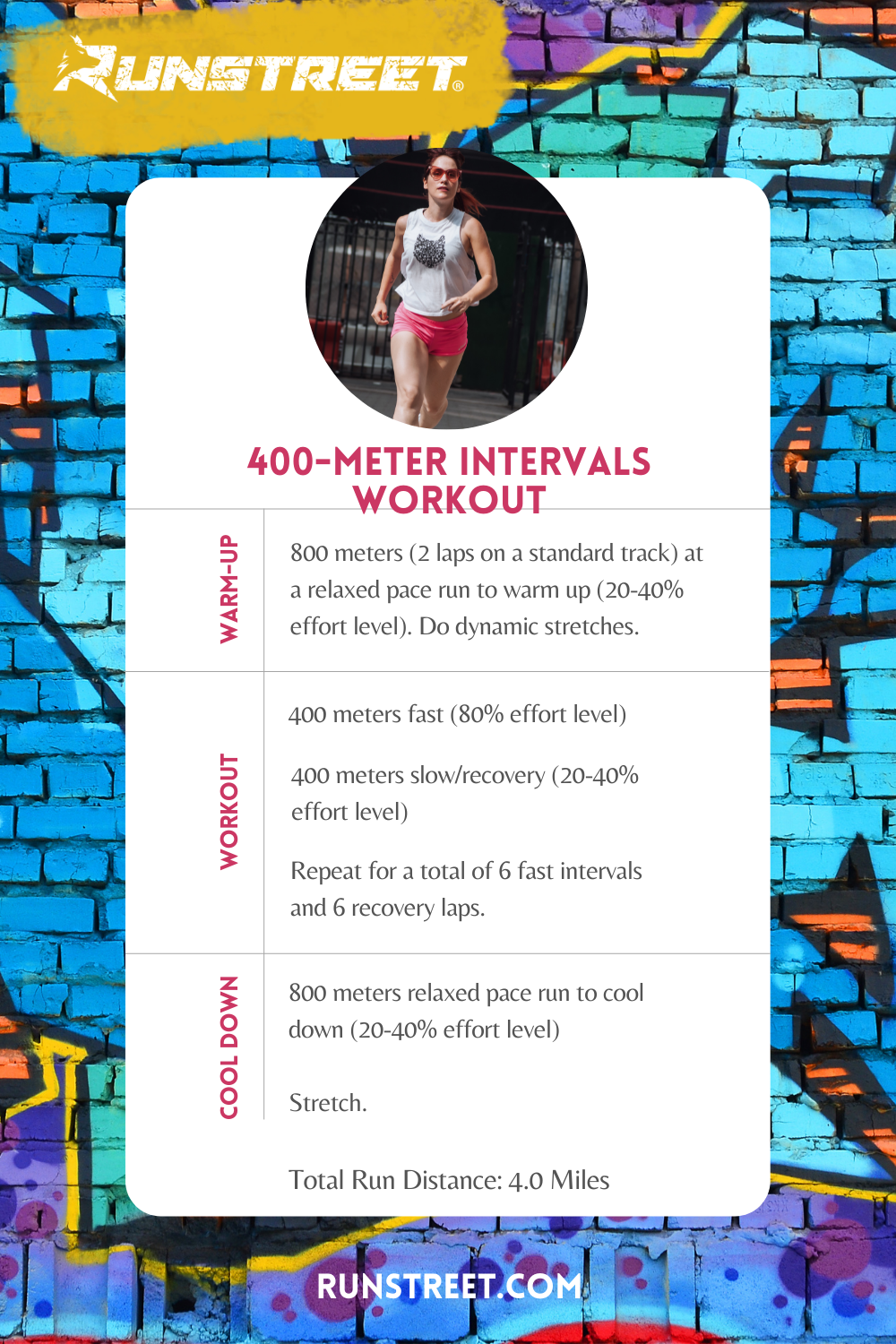Turbocharge Your Runs: Unlock Your Prospective with Strategic Running Workouts
Turbocharge Your Runs: Unlock Your Prospective with Strategic Running Workouts
Blog Article
The Ultimate Overview to Dealing With Pain When Running
For runners, experiencing discomfort throughout runs is not uncommon, and understanding just how to properly manage and avoid it can make a substantial difference in your overall performance and enjoyment of the sporting activity. Whether you are a skilled marathoner or just starting your running journey, recognizing the various kinds of pain that can emerge and the strategies to resolve them is vital. From pre-run warm-up routines to correct shoes choice, there are numerous elements to take into consideration when it comes to handling pain while running. This thorough overview will certainly equip you with the expertise and tools required to navigate through the pain and empower you to achieve your running objectives with better simplicity.

Understanding Various Kinds of Running Pain
When running, it is important to identify in between various kinds of pain to stop injuries and maximize performance (Read More). One usual type of pain that joggers may experience is muscular tissue discomfort, which normally arises from the tension placed on muscles during workout. This kind of discomfort is usually a regular part of the running procedure and can be managed through proper warm-up, cool-down, and stretching regimens
One more kind of pain to be familiar with is joint pain. Joint discomfort can indicate problems such as overuse, inappropriate kind, or underlying problems like joint inflammation. Neglecting joint discomfort can cause extra severe injuries, so it is essential to address any kind of pain quickly and perhaps look for expert guidance.
Furthermore, sharp or stabbing pains should not be ignored. These sorts of discomfort can signify acute injuries such as pressures, strains, or stress cracks - running strategy. Remaining to run with these sorts of pain can aggravate the injury and lengthen recuperation time

Pre-Run Workout and Extending Routine
To prepare the body for a running session, implementing an effective pre-run warm-up and stretching regular is necessary. An appropriate workout helps increase blood circulation to the muscular tissues, boosts adaptability, and decreases the risk of injury during the run. By integrating a regular pre-run warm-up and stretching regular right into your running regimen, you can enhance performance and lessen the risk of pain or injury.
Correct Shoes Choice and Fit
When picking operating shoes, it is essential to consider variables such as foot kind, running stride, arch assistance, cushioning, and footwear dimension. Checking out a specialty running shop for a stride analysis and professional installation can help guarantee that you choose the right shoes for your individual requirements. Investing in top notch footwear that is suitable for your running design and foot anatomy is an aggressive action towards protecting against discomfort and injuries throughout your runs.
Nutrition and Hydration Tips for Discomfort Avoidance

Hydration is similarly crucial for runners to stay clear of pains, dehydration, and various other pains that can result in pain throughout running. It is advised to consume alcohol an adequate quantity of water throughout the day and especially before, during, and after running sessions. Electrolyte-rich drinks or sports drinks can additionally be valuable for restoring shed minerals and preserving appropriate liquid equilibrium. running workout (Read More). By prioritizing nutrition and hydration, joggers can boost their performance, reduce discomfort, and appreciate an extra comfy running experience.
Post-Run Healing Techniques to Ease Pain
Executing effective healing strategies is vital for easing pain and advertising muscle mass recovery after running sessions. One essential post-run healing strategy is extending. Integrating static stretches for significant muscular tissue groups can help in reducing muscle mass stress and discomfort. Foam rolling is another beneficial practice to release muscular tissue rigidity and boost blood flow to the muscular tissues, helping in quicker healing. Furthermore, icing sore locations for 15-20 minutes can assist reduce inflammation and numb pain post-run.
Moisturizing adequately post-run is crucial for replenishing liquids shed throughout workout and helping in muscle mass healing. Eating a well balanced treat or dish that includes protein and carbs within thirty minutes of ending up a run can assist repair muscle cells and restore energy shops. Furthermore, getting enough rest is essential for permitting the body to fix and strengthen muscles. Including energetic healing activities such as light walking or swimming can likewise aid promote blood flow and reduce muscular tissue tightness - Read More. By incorporating these post-run recuperation methods into your routine, you can effectively handle pain and maximize your running performance.
Conclusion
To conclude, dealing with different kinds of running pain with correct warm-up, extending, footwear choice, nutrition, hydration, and post-run recuperation methods is necessary for pain avoidance and management. By recognizing the sources of discomfort and carrying out these strategies, runners can minimize pain and potential injuries. read review It is essential to prioritize total physical health and wellness to guarantee a successful and delightful running experience.
Report this page